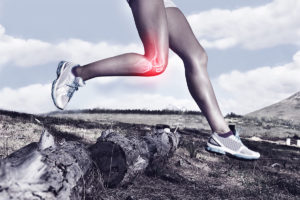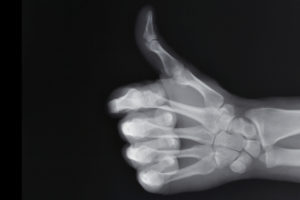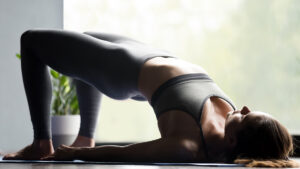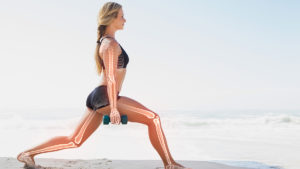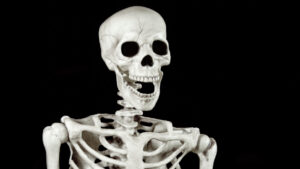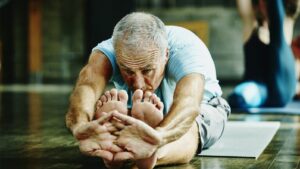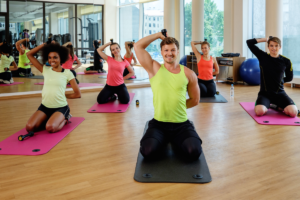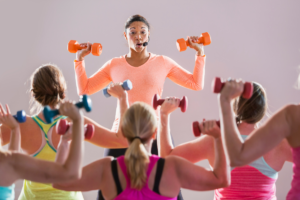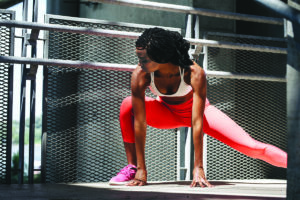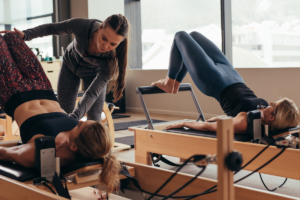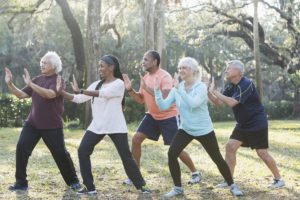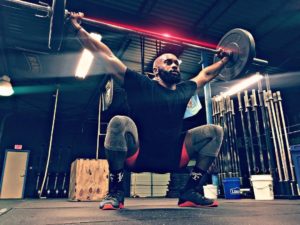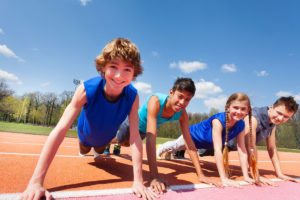Anatomy/Kinesiology
Joints and Movement Types: Understanding the Body’s Hinges
The Role of Joints in Everyday Life Joints are the body’s hinges, connecting bones and allowing movement. Without joints, actions as simple as bending an elbow, turning the head, or…
Shoulder Girdle Anatomy
Why the Shoulder Girdle Matters The shoulder girdle is one of the most remarkable structures in the human body. Composed of the clavicle (collarbone) and scapula (shoulder blade), it connects…
The Body’s Unsung Heroes: Why Foot and Ankle Strength Matters
The Foundation of Movement The foot and ankle form the base of the human body, serving as the foundation for nearly every movement. With 26 bones, 33 joints, and over…
Skeletal Myths vs. Medical Facts
Skeletons in the Spotlight Halloween decorations often feature skeletons as spooky, lifeless figures. Yet the reality of the human skeleton is far more fascinating and vital. The skeleton is not…
Glute Activation and Hip Stability for Fitness Professionals
The gluteal muscles and hip stabilizers play a central role in human movement, posture, and athletic performance. Often referred to as the powerhouse of the body, the glutes provide strength,…
Bone Health for Fitness Professionals
Bone health is a critical foundation for human movement, athletic performance, and long-term well-being. The skeletal system provides structure, protects vital organs, stores minerals, and produces blood cells. Without a…
Skeletal System Overview
The skeletal system is the framework of the human body, composed of 206 bones in adults. Beyond structure, bones provide vital functions: protecting organs, storing minerals, facilitating movement, and producing…
The Science of Stretching Before Your Workout: Help or Hinder?
For years, athletes and fitness enthusiasts were told to hold long stretches before exercise to “loosen up” and prevent injury. Recent research, however, suggests that the type of stretching matters…
5 Traits of the Best Fitness Instructor
As a group fitness manager, you may already know who your best fitness instructors are. However, you’re lucky if you see your instructors once a week, especially these days, and there’s probably no way to monitor every action. If you try to boil the contribution down to numbers, you might create a team focused less on winning and more on trying to impress you. It’s time to change the score card and think more broadly about what you value in employees.
Overpronation in Fitness Classes
Overpronation is a fairly common problem among many fitness enthusiasts, including the ones who take your classes.
Upgraded Movement Preparation
The warmup is an obvious time to prepare muscles and educate people about their bodies. Why not use this time for movement preparation?
Assess Anterior Pelvic Tilt in Class
Chances are if someone had an issue with anterior pelvic tilt before the pandemic lockdown, the lack of movement might have made it worse.
Tai Chi Is Good for Older Adults
Why tai chi? These Chinese movement patterns have been around for centuries. In recent years, study after study has proven their benefits—particularly for older exercisers—yet most fitness professionals seem to…
Posture Correction for Static Damage
The word posture tends to evoke the image of a schoolgirl standing perfectly erect with a book on her head. More accurately, static posture refers to the way in which a person holds his or her body or assumes certain positions, such as sitting, standing or sleeping. The cumulative effect of the time spent in certain positions can lead to prolonged static-posture damage to both the musculoskeletal and myofascial systems of the body.
What Is the Cause of Muscle Cramps?
Muscle cramps can stop athletes in their tracks. Although they usually self-extinguish within seconds or minutes, the abrupt, harsh, involuntary muscle contractions can cause mild-to-severe agony and immobility, often accompanied by knotting of the affected muscle (Minetto et al. 2013). And cramps are common; 50%–60% of healthy people suffer muscle cramps during exercise, sleep or pregnancy or after vigorous physical exertion (Giuriato et al. 2018).
Picking the Brain
As the control center for the body’s nervous system, the brain participates in every human function. From sensing to controlling motor skills, its vital role in movement means this cognitive powerhouse is—literally—the brains behind your work as a fitness professional.
There are three main components that make up your mind:
Posture and Food Tasting
Often we are told to rise up from our chairs to help offset the health woes associated with sitting too much. But if we want to glean more joy from a meal, says a study in the Journal of Consumer Research, then we’re better off taking a seat.
Overcoming Pain to Stay in the Fitness Game
More and more people choose exercising at gyms and studios to stay healthy. The trend is occurring across the age spectrum, from baby boomers to millennials. Americans choose the convenience, expertise, and comradery found at gyms and studios to stay at their fitness best.
Flexing the Muscular System
As a fit pro, you are all too familiar with training muscles to build strength, mass and better movement in your clients—by now, you might consider it muscle memory!
Yet, as a major system present throughout the body, the muscular system is vast and intricate with plenty to explore. After all, muscles produce every movement, from the basic, like digestion and respiration, to the complex, like running, dancing and weightlifting.
Childhood Activity and Midlife Brain Fitness
Here’s one more solid reason to inspire kids to exercise. The secret to maintaining cognitive fitness later in life may lie in getting active while young and staying active throughout teen, young-adult and middle-aged years.
